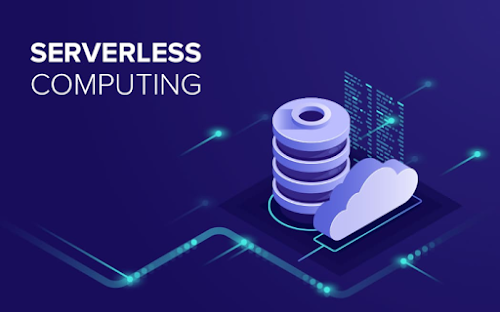What is serverless computing?
Serverless computing describes a kind of computing in which the operating system and other programs are abstracted away leaving just the software layer readily available to this end-user. These programs are conducted in stateless containers and are triggered by outside events. Serverless is often known as Function-as-a-Service (FaaS).
Nonetheless, in general usage, we utilize the descriptor serverless for cloud supplier offerings since the end-user doesn't have any interaction with the machine, whereas in Function-as-a-Service version the users preserve the infrastructure that offers the capacity to set up serverless computing.
You might have a software that's idle much of this time however under certain states must handle many event requests at once. Or you may possibly get an application which means data sent out of IoT devices with limited or intermittent online connectivity. In the two scenarios, the traditional approach will require provisioning a beefy server that could manage summit work capabilities --but that server might be underused almost all of the time. With a server-less structure, you would just pick up the bill for the server resources that you actually use. Serverless computing would likewise be helpful for certain kinds of batch processing. One of those funniest cases of a serverless structure utilizes instance is that a service that uploads and processes a string of individual image files and sends them along to some other portion of the application form.
From this description, a couple of the largest benefits of serverless computing needs to be evident: programmers can revolve around the business aims of the code that they produce, rather than on infrastructural issues; and also associations just cover the calculate tools they actually use in an exact coordinated manner, instead of buying bodily hardware or renting cloud circumstances that mainly sit idle.
Serverless Compute Services
The three biggest cloud suppliers Amazon, Google, and Microsoft have serverless offerings. They all are quite similar in pricing and capabilities but with nuances which are a consequence of the CLIs and interaction with other cloud services.
Amazon's Lambda was released in November 2014 and ever since it's been the top offering from the whole number of consumers. The initial workload for Amazon Lambda has been Node.js a server-side JavaScript engine. In 2018 Amazon opens the underlying code for Lambda from the FireCracker project.
It's incorporated with several other Google cloud products and works are generally triggered via Cloud Pub/Sub dispersed message bus. Google's serverless offering is built on top of the available source Kubernetes and Knative technologies.
Microsoft's offering is Azure Functions that are part of the Microsoft Azure suite of cloud services.
Conclusion
Serverless computing is a development in cloud application growth, exemplified with the Function-as-a-Service version where users write modest functions, that are then handled by the cloud platform. This version has proven helpful in several application scenarios which range from event handlers with bursty invocation patterns, to compute-intensive big data analytics. Serverless computing enhances the bar for programmers by assigning to the platform supplier a lot of their operational complexity of scaling and monitoring large-scale software. On the other hand, the programmer now must work around limits on the stateless character of the purposes, and know-how to map their program's SLAs to all those of their serverless platform along with other services that are dependent. While many challenges remain, there have been rapid improvements in the tools and programming models made available by business, academia, and open-source projects.








0 Comments